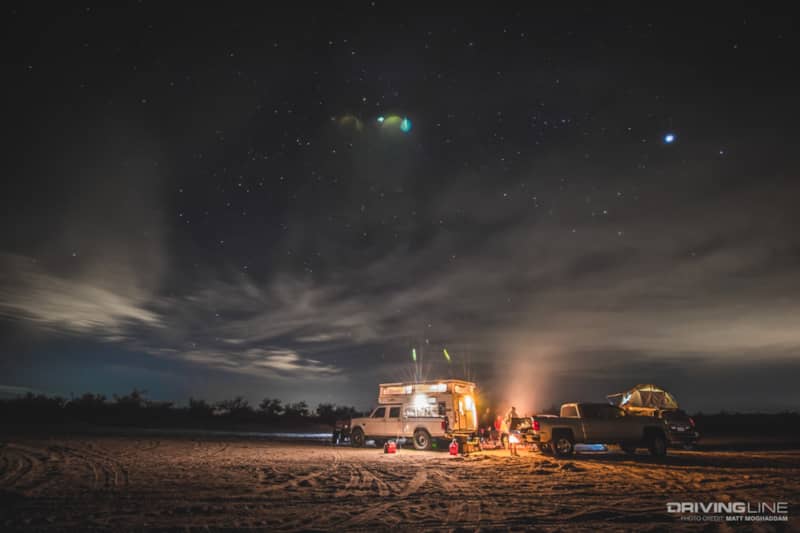7 Things You Need to Know to Avoid Looking Like an Off-Road Poser
If you’re new to off-roading, you might have some preconceived notions about how it should be done. Maybe you’ve gone with a few friends before having your own vehicle, watched some videos online or perhaps you just want to dive right in and experience it for yourself. However you became introduced to this awesome hobby, you’ll likely make a few mistakes along the way, which is never a bad thing. But off-roading, as with many forms of recreation, carries a strong community that adheres to certain guidelines to keep things safe, fun and legal while out on the trail. We’ve made a list of some of the important things to keep in mind when you’re out there enjoying your new dirt-capable vehicle.
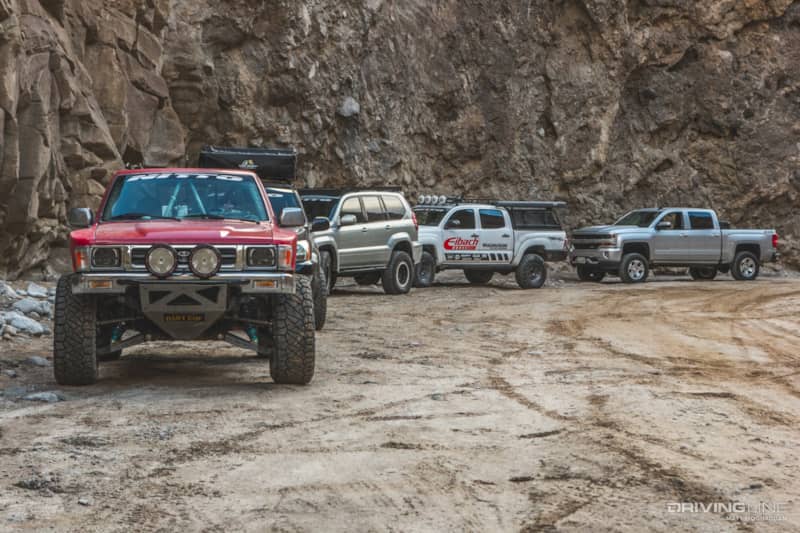
1. Lockers Before Lights
This tip can be taken both literally, or figuratively. The idea is to make sure your rig has the necessary components and modifications to take on whatever terrain you’re setting out on before worrying about the many gadgets and novelties you’d find on fully-built vehicles. In the literal sense, having auxiliary LED lighting is great for night-time wheeling, but it does you little good if you’ve found yourself stuck somewhere, spinning one tire because you have open differentials that provide no power to the wheels that have traction. Whether it’s a suspension system, appropriate tires, traction aids or steel body armor panels to take rock hits, make these parts a priority when putting your rig together.
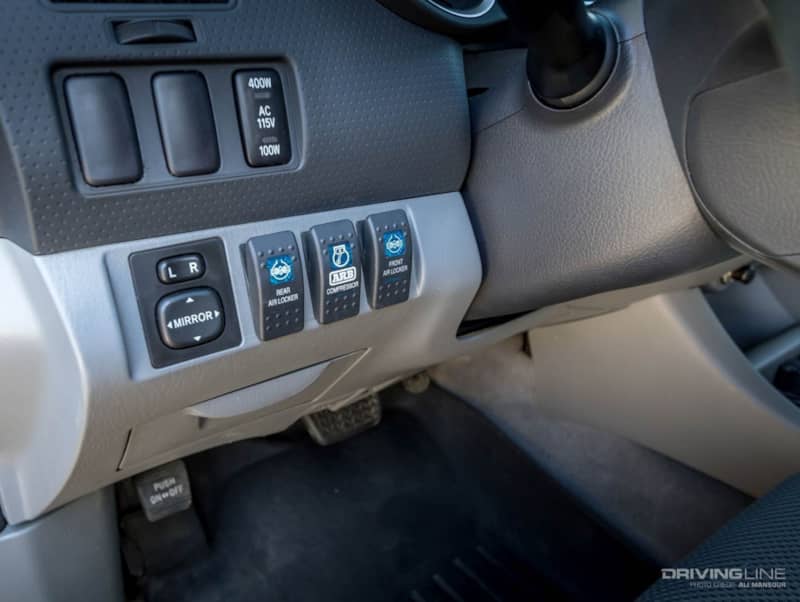
2. Air Down Appropriately
One of the easiest mistakes to make when off-roading is not running the correct tire pressure for the conditions. Not only can running the correct pressure help you get the traction you need, it usually makes for a much more comfortable ride. When deciding what pressure to run in your tires, it’s always best to evaluate what you’ll need from your tires before letting some air out. Typically, off-road driving is done with a lower tire pressure than needed on the highway, making your contact patch on the tire much larger and allowing the tire to form to the terrain it’s driving over. In places that are sandy, muddy, silty, snow-covered or very rocky, a low tire pressure can help keep you moving. But remember, don’t go too low or you can pop a bead on one of your wheels, and that’s not an easy trail fix without the proper tools to reseat the tire on the bead. Many off-road race vehicles have beadlock wheels, which keep the bead mounted to the tire with a metal ring that is bolted to the wheel, designed to keep the tire seated correctly even at very low tire pressures. Experiment with different tire pressures until you find a sweet spot, as each tire and vehicle will vary depending on factors such as weight, tire size and the terrain you’ll be on.
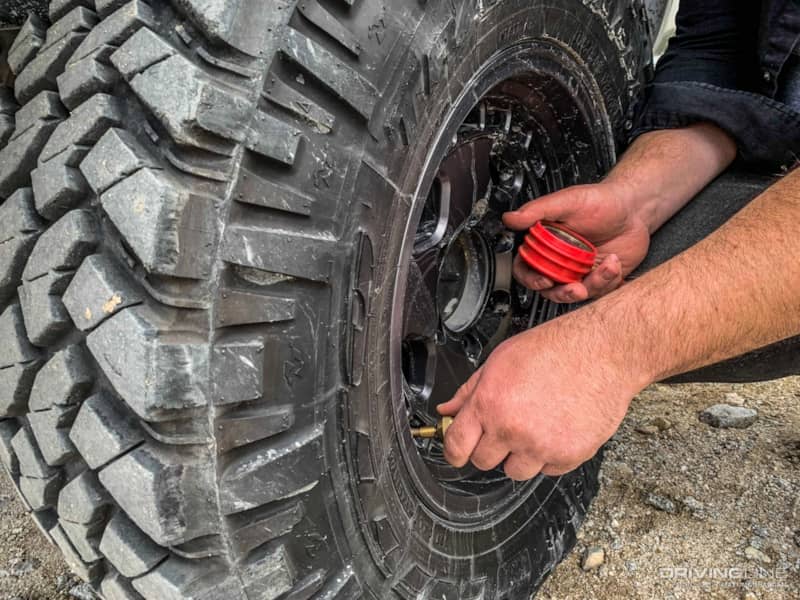
3. Be Self-Contained
Off-roading, like many things, only works when you have the right tools for the job. Having the necessary equipment to handle most situations that may arise when out on the trail is key. There’s nothing worse than needing something to make a trail repair or get yourself unstuck and not having it with you. We suggest always carrying these essentials when off-roading anywhere: recovery straps, shackles, jack, air compressor, spare tire, spare gasoline, fire extinguisher, spare fluids and a portable tool kit with the specific tools needed to make repairs for your vehicle. Having to always borrow equipment from others is cumbersome and makes you look unprepared, so having these items on hand will greatly help in the event of something going wrong.
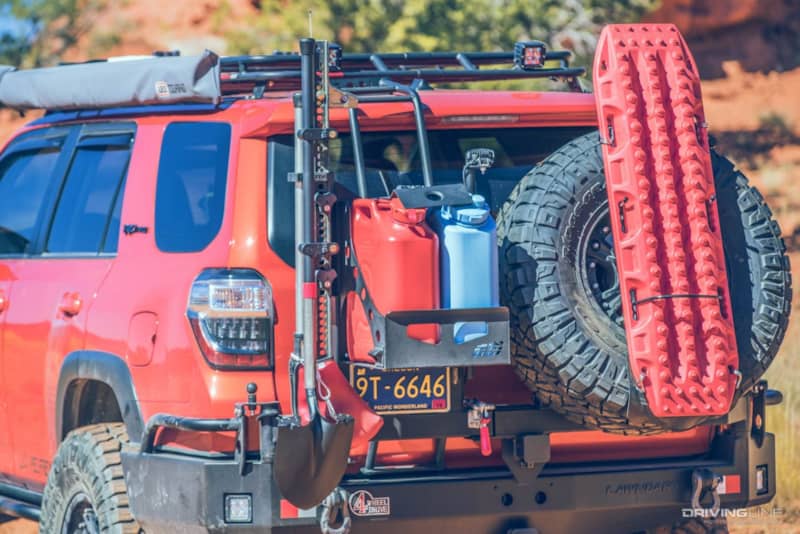
4. A Tire off the Ground Isn’t Flexing
This goes for the guys who just got their new 4x4 all crossed up on an obstacle and one of their tires is hanging high off the ground. Of course, the reaction is to hop out and snap a few pics of your rig showing off all its capability by taking on an obstacle so difficult, but the reality is that having a tire off the ground is actually quite dangerous, and is often a recipe for a rollover waiting to happen. The goal should be to have all four tires planted firmly on the surface wherever you are, allowing you to stably navigate the obstacle. This can be achieved by increasing the amount your vehicle's axles articulate (move up and down in their path of motion). The more articulation, or flex, you can achieve, the more stable your rig will be over uneven terrain. So, keep that in mind next time you feel one corner of your rig get light and you feel the urge to hop out and take a picture.
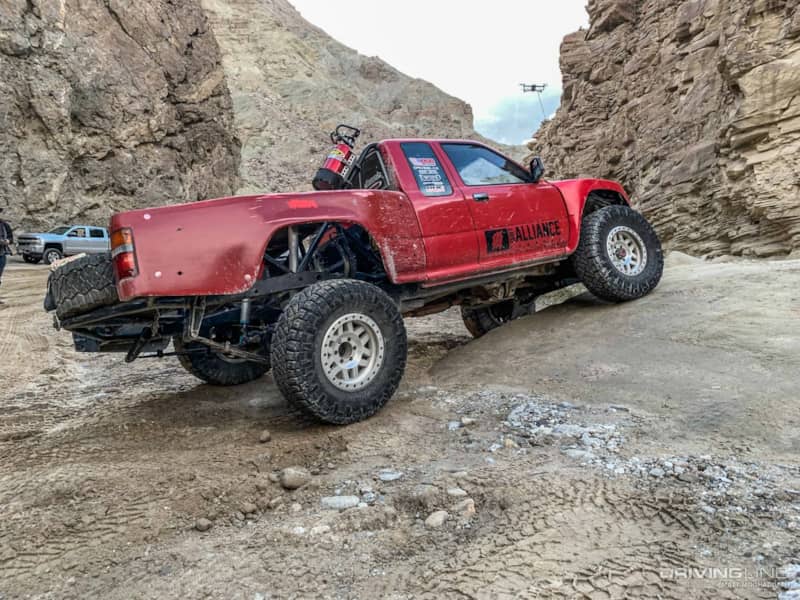
5. Doing Donuts Around Others Isn’t Cool
Our next pointer may be obvious to many, but we’re including it anyway. If you’re coming from the street car world, you might think donuts are the coolest of cool maneuvers you can execute to show off the power of your vehicle. While it can be safely done from a distance on closed courses (we do not condone ever doing donuts on public roads), doing donuts off-road usually carries some more risk. With loose terrain below your tires such as rocks, dirt, sand or mud, doing donuts can throw debris much farther than you might think. Additionally, larger off-road tires have a tendency to fling stuff a lot higher than normal tires. It doesn’t take a large pebble to shatter a window, dent a door or even seriously hurt a bystander. Simply put, if you’re going to have some fun doing donuts in the dirt, make sure nobody is anywhere near you.
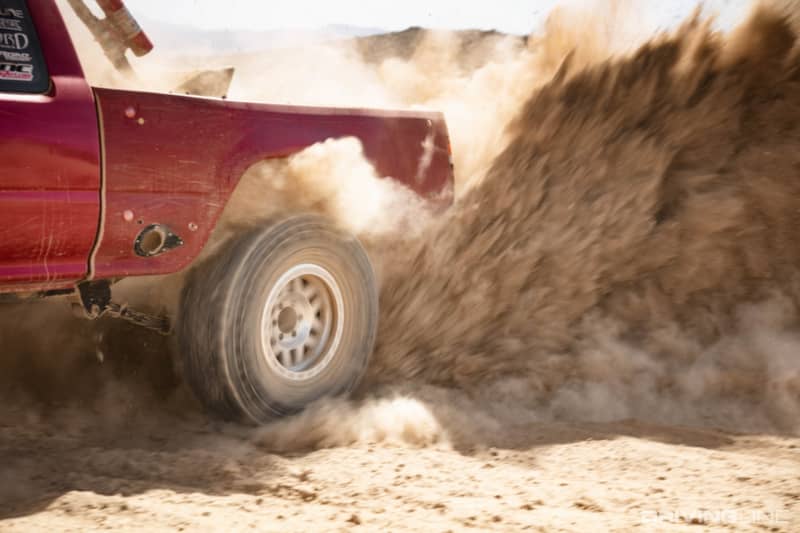
6. Know Your Terrain
Off-roading can be one of the most rewarding escapes you’ll find with your own vehicle. It allows you to venture far from the hustle and bustle of the city, away from people and into nature. But road signs and traditional in-dash GPS systems or mapping apps often do not have marked trails in their databases, therefore making navigation difficult without the right tools. It’s always best to have a good general knowledge of your destination’s surroundings before you set out on any adventure. An easy way to accomplish this is to study the area’s topographical and trail maps before you go, marking landmarks, entry and exit points, nearby services and taking notes of any emergency contact information or phone numbers for local authorities in case of emergency. This preparedness alone can mean the difference between a successful adventure and one you’ll never want to think about again. If your off-road destination is in an off-highway recreation area, state park or other wilderness area, chances are, there is a trail map available. Another great option is to use a designated off-road navigating app with a device or tablet. If you have the ability to keep them charged, this option allows you to track your movements and know exactly where you are at all times. Also remember to adhere to any “no trespassing” signs or areas otherwise marked “no vehicle traffic,” as driving there without permission can land you in a lot of trouble.
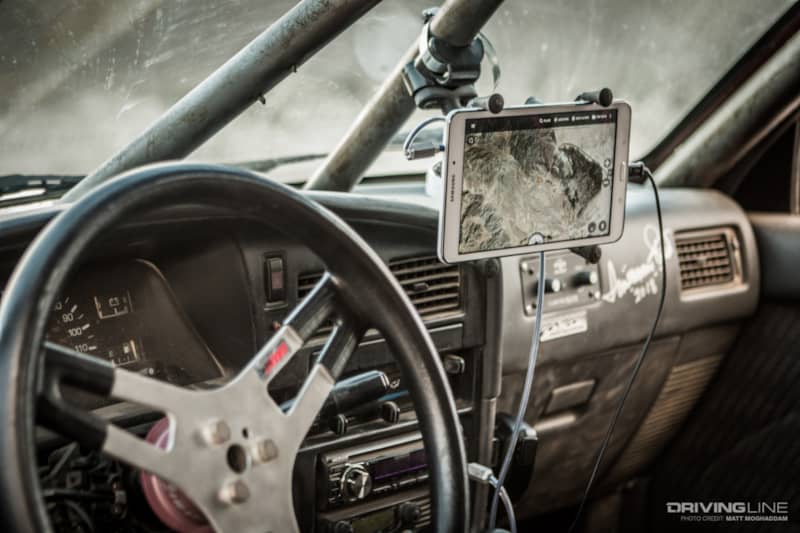
7. Be Prepared for Anything
OK, obviously it’s impossible to be ready for any situation that may arise while you’re off the grid, but having a solid backup plan along with emergency supplies comes in handy when you need it most. Off-roading, while a fun and widely enjoyed activity, comes with inherent risks. Bad weather, mechanical breakdowns, injuries, accidents and sometimes just plain bad luck happens out there, usually when you don’t expect it. Carrying extra food, water, extra clothing, emergency supplies such as a first-aid kit, blankets, and fire-making material gives you a safety net in case something goes wrong on the trail. It’s not uncommon to hear of mechanical failures warranting an unexpected overnight stay in the woods, so having these items on hand can make your outdoor stay a bit more comfortable too. Of course, everyone’s emergency item list should reflect the environment they’re entering, so pack accordingly.
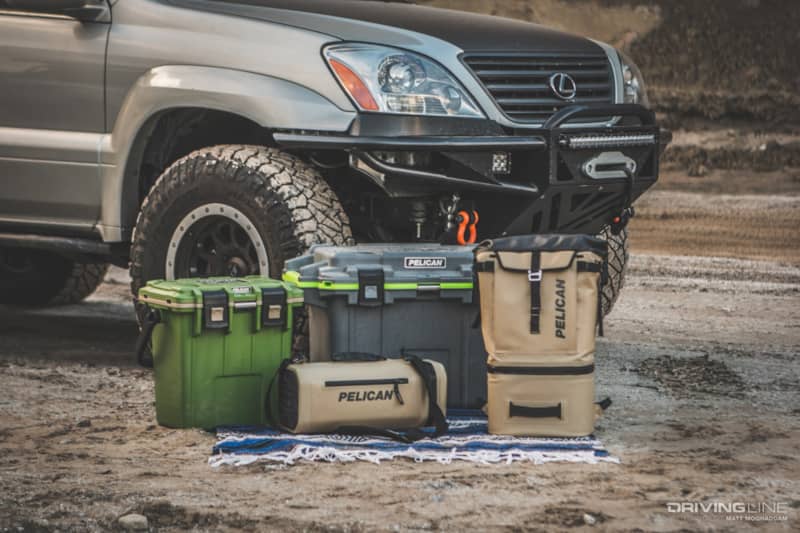
There you have it. Keeping these seven things in mind can help ensure you’re doing things the right way as you set off for your off-road adventures. Not only will you look like a pro, but you’ll also carry with you the confidence to get off the grid and get back on again safely. Off-roading is a rapidly growing form of recreation, but just like any hobby, a few bad examples can do a lot of harm. By taking the necessary precautions and enjoying the outdoors in a safe and respectful manner, we are all doing our part to keep this wonderful lifestyle around for future generations. Safe travels!
